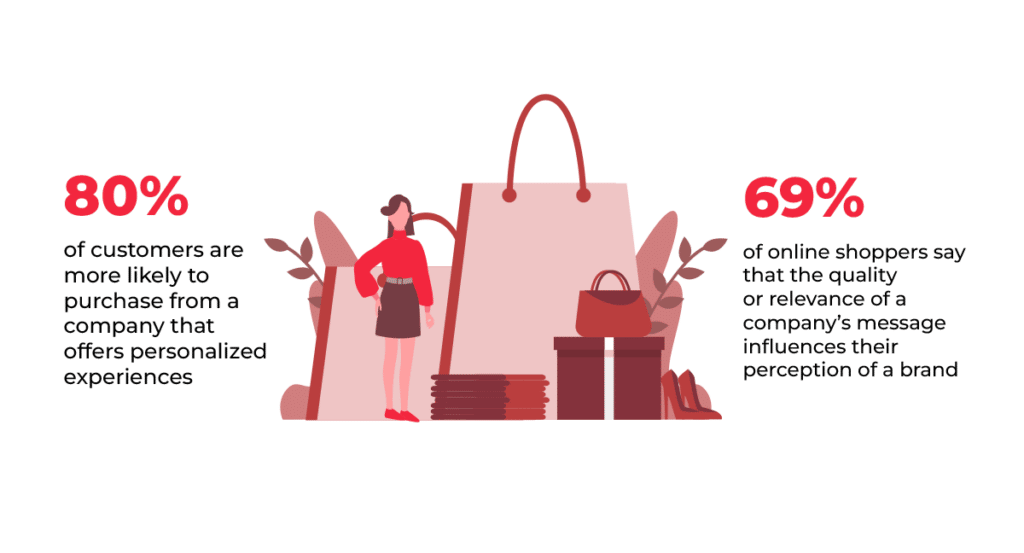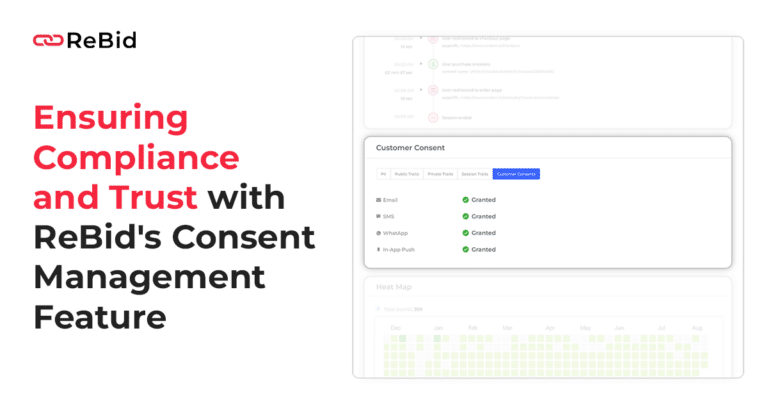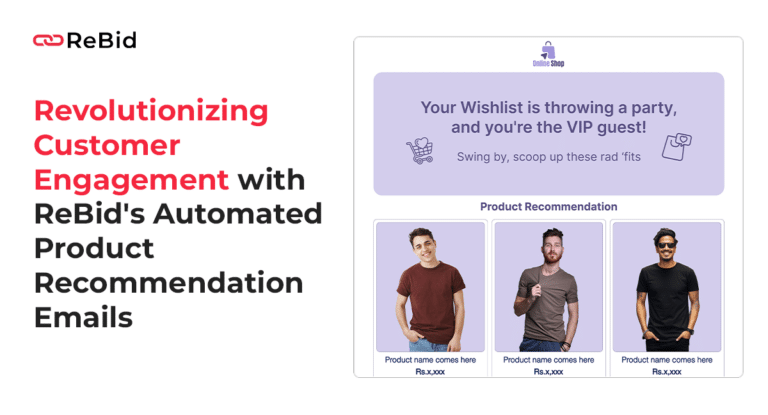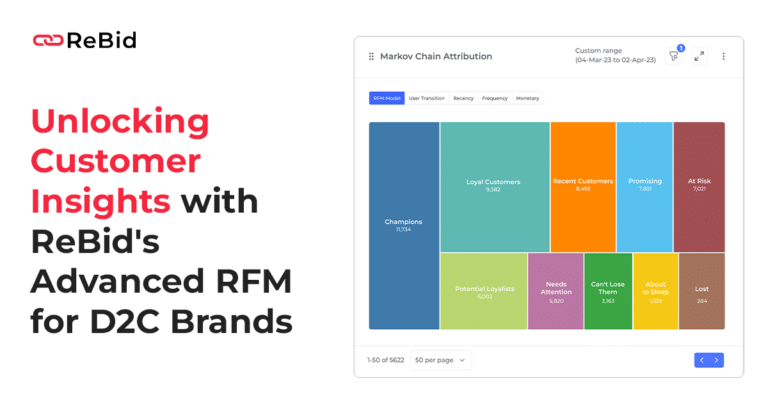Hyper-personalization has become a buzzword in the world of marketing and advertising, as brands look to deliver highly personalized experiences to their customers. However, with the increasing focus on privacy and data protection, hyper-personalization is also becoming a source of concern for consumers and regulators. In this article, we will explore some of the challenges associated with hyper-personalization and the privacy issues surrounding it, and how marketers can overcome these challenges to continue delivering relevant and meaningful experiences to their customers.
What is hyper-personalization?
By combining data and technology, hyper-personalization is a marketing strategy that strives to provide highly personalized and tailored experiences for customers. The strategy goes beyond typical customization strategies that use customer data to categorize and target groups of customers, personalizing every part of the customer experience to individual customers’ preferences, habits, and needs.
Hyper-personalization helps businesses optimize their marketing efforts. By tailoring messages and offers to specific customers, businesses can increase the effectiveness of their marketing campaigns. This can lead to higher conversion rates and a better return on investment. It also allows businesses to better understand their customers’ needs and preferences, which can inform future marketing campaigns.

The increased availability of client data, as well as breakthroughs in machine learning and artificial intelligence, enable organizations to analyze and interpret massive amounts of data in real-time. Businesses can develop highly tailored experiences that engage customers, build trust, and inspire loyalty by gathering and analyzing data on customer preferences, behaviors, and interactions.
Challenges of hyper-personalization in the privacy-centric world
One of the biggest challenges associated with hyper-personalization is the need to collect large amounts of data to deliver highly personalized experiences. In order to create truly personalized experiences, brands must have a deep understanding of their customers, which requires collecting data from a variety of sources, including social media, email, and other channels. This data must then be analyzed and processed to create a comprehensive picture of each customer, which can then be used to deliver highly personalized experiences.
However, the collection and use of this data also raise privacy concerns for consumers. As consumers become more aware of the data being collected about them, they are becoming increasingly concerned about how their data is being used and who has access to it. In addition, privacy regulations, such as GDPR and CCPA, have added to the challenges associated with hyper-personalization, as brands must ensure that they are collecting and using data in a compliant manner.
Another challenge associated with hyper-personalization is the risk of over-personalization. While hyper-personalization is meant to deliver highly relevant experiences to customers, if not executed correctly, it can result in experiences that are too personal or invasive. For example, if a brand uses data to deliver highly targeted messages to a customer, but the messaging is not relevant or desired by the customer, it can lead to a negative experience and erode trust in the brand.
How can brands bring their A-Game in personalization?
To overcome these challenges, brands must be diligent in ensuring that their data collection and use practices are transparent and compliant with privacy regulations. This includes seeking customer consent for data collection and being transparent about how their data is being used. Brands must also be strategic in the way they use data to personalize experiences and must ensure that their personalization efforts are relevant and desired by their customers.
Additionally, brands must also invest in the necessary technology and resources to deliver hyper-personalization in a responsible manner. This includes using customer data management platforms (CDMP), and other technologies to store and analyze data, as well as using machine learning and artificial intelligence to analyze customer behavior and inform personalization efforts. Brands must also invest in the training and development of their marketing and advertising teams, to ensure that they have the necessary skills and knowledge to execute hyper-personalization in a responsible and effective manner.
Hyper personalization presents a number of challenges for brands, including the need to collect large amounts of data, the risk of over-personalization, and the privacy concerns surrounding data collection and use. However, by being transparent and compliant with privacy regulations, being strategic in the way they use data to personalize experiences, and investing in the necessary technology and resources, brands can overcome these challenges and continue to deliver relevant and meaningful experiences to their customers. Brands that embrace hyper-personalization and take a responsible and customer-focused approach will be well-positioned to succeed in the digital age.
Unleash hyper-personalization with Real-Time Journey Mapping and AI-Powered Audience Segmentation
ReBid, the Unified MADtech intelligence platform can help marketers capitalize on Real-Time Journey Mapping and AI-Powered Audience Segmentation features to take their campaigns to the next level by allowing them to gain a better understanding of their customers’ behavior and preferences. Marketers can completely automate the mapping of each customer’s journey in real-time and using AI algorithms to segment audiences based on their behaviors and preferences. ReBid can help marketers deliver hyper-personalized messages and offers to each customer. This can lead to higher engagement rates, increased conversion rates, and ultimately, a better return on investment for marketing and advertising campaigns.
Revolutionize Your Marketing with Hyper-Personalization. Get Started Now with ReBid





